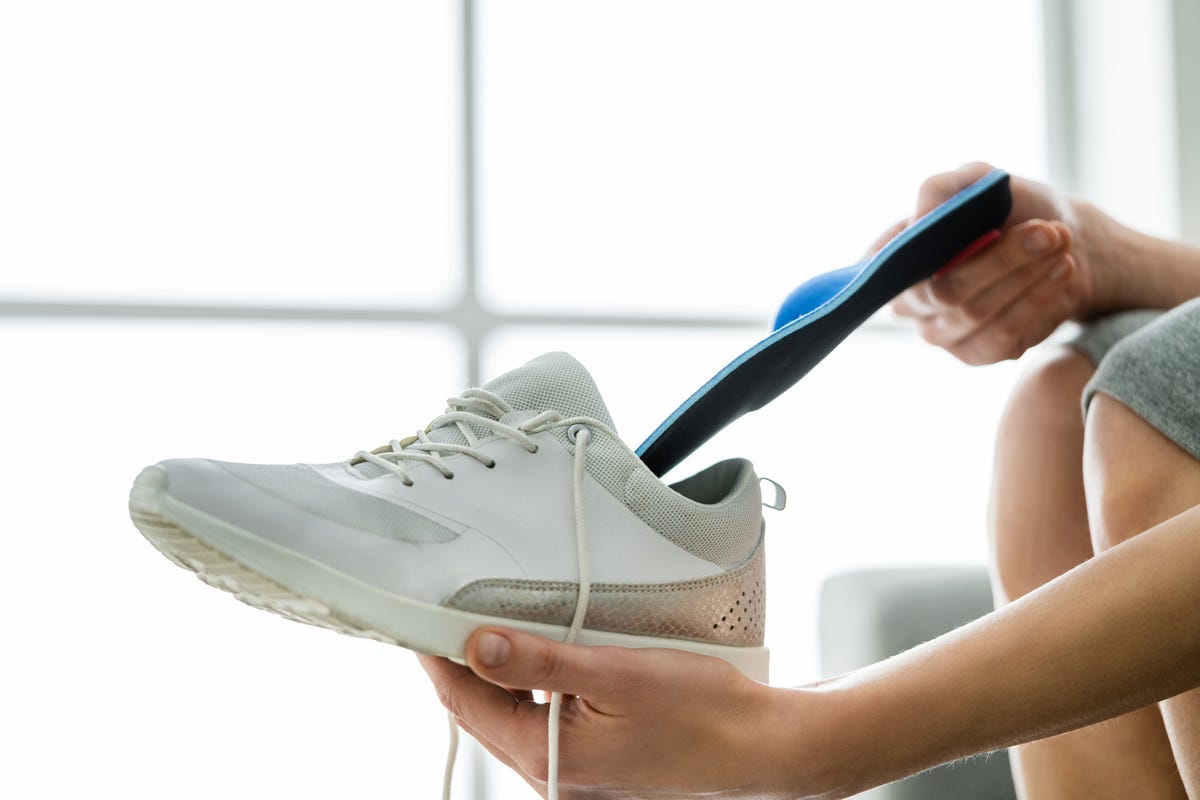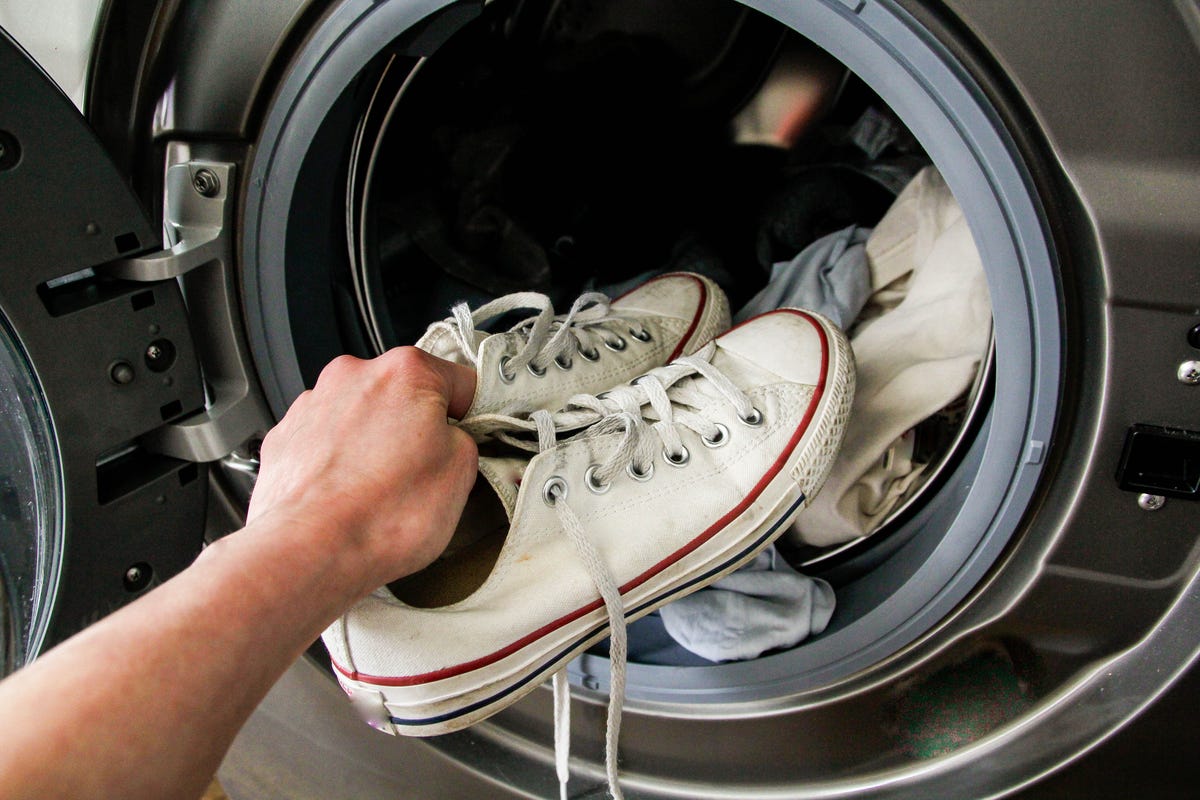Tech News
How to Clean Your Dirty Running and Workout Shoes
Running can be hard on your body, especially your joints and muscles. Running is also hard on your shoes. Over time, pounding the pavement, hiking trails and treadmill takes a toll on your footwear, wearing down the soles and reducing traction. Rather than replace your running and workout shoes every few months, keeping up a consistent cleaning routine can lengthen the lifespan.
Regular maintenance and upkeep of your athletic shoes are necessary for both performance and hygiene. Grime and dirt can easily get caked on the fabric and laces as you do your favorite outdoor workouts and physical activities. That's not to mention the smells that can accumulate when your shoes get soaked from rain or sweat. Luckily, there's a simple routine you can follow to make your shoes look (almost) brand new.
For more: Check out our guide on the best way to clean a yoga mat and how to clean your workout clothes.
What you'll need to get started
Cleaning your workout shoes should only take about 30 minutes and only requires a few supplies that you probably have lying around your home already.

Here's what you'll need:
Dish soap or laundry detergent Water Vinegar Toothbrush or other soft bristle brush Sink or large bowlBefore you get started with cleaning, examine your shoes to see if they're past the point of help. If your shoes are starting to come apart or you find cracks in the soles, you're probably just due for a new pair of shoes. Here are some recommendations for the best shoes of the year for every workout type:
Easy steps to deep clean your athletic shoes
The following routine is best for standard fabric running shoes made out of nylon mesh, cotton, knit polyester and rubber.
Brush off excess dirtUsing an old toothbrush or other soft bristle brush, gently scrub away excess dirt, grass, mud and other particles. Make sure you scrub all sides and the outsole well.
2. Clean the uppers
Start by removing the laces and insoles from the shoe and set aside. Use the toothbrush to gently remove any additional excess dirt. Create a gentle cleaning solution of water with a few drops of detergent or dish soap. Next, use the toothbrush or old washcloth to wipe down shoes on all sides. Rinse thoroughly with warm, clean water.

Remove the insole and laces to give each part of your shoe a good scrub down.
AndreyPopov/Getty Images3. Clean the insoles
Your insoles likely absorb the most amount of sweat, which means they probably smell the worst and require a deeper clean than your uppers. One option is to place your shoelaces and insoles in a mesh bag and machine wash on a gentle cycle. This ensures a deep clean and a fresh smell.
If you'd rather hand-wash, you can use the water and detergent solution mentioned above, or you could use a 1:1 ratio mixture of vinegar and water. No matter what cleaning solution you use, scrub the insoles well and rinse with clean water.
4. Dry your shoes completely
This is the easiest but most time-consuming part of the cleaning process. You should allow your shoes to completely air dry before reinserting the soles and laces and wearing them again. For quickest results, place your shoes inside, in a low-humidity room and place balled-up paper towels inside each shoe (change the paper if it soaks up too much water).
You can even place your shoes in front of a fan for faster drying, but refrain from putting your shoes in the dryer or near a heat source since heat distorts the shape of your shoe, can weaken the adhesive attaching the fabric to the outsole and can even lead to yellow staining.

Cotton, nylon and polyester shoes are normally safe in the washing machine.
Kinga Krzeminska/Getty ImagesCan you machine-wash running shoes?
It's usually best practice to hand-wash shoes, some shoes are safe in the washing machine. To check, find the care label usually located on the underside of the tongue. There, it should tell you if you can machine-wash or not.
Cotton, nylon and polyester shoes are normally safe in the machine, but if you're unsure, definitely err on the side of caution and opt to hand-wash.
More cleaning hacks for you to try
When you subscribe to the blog, we will send you an e-mail when there are new updates on the site so you wouldn't miss them.



Comments